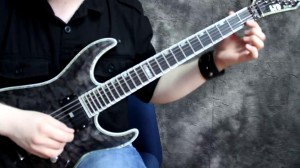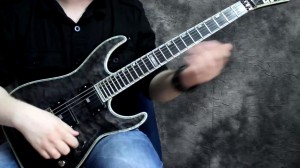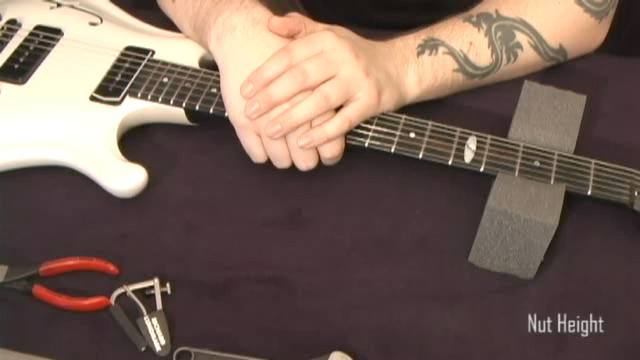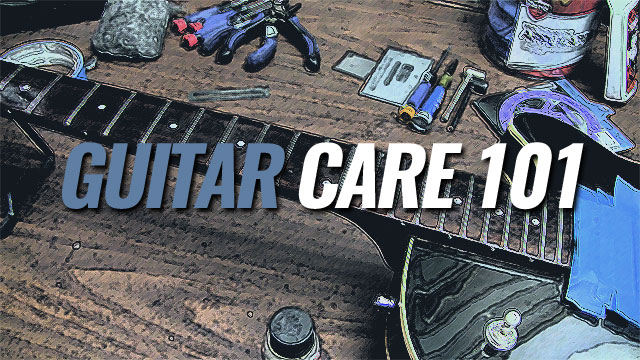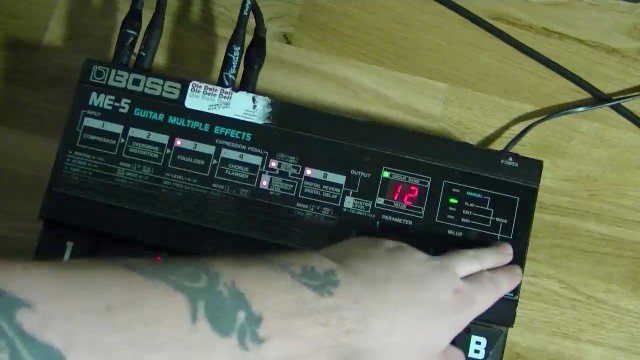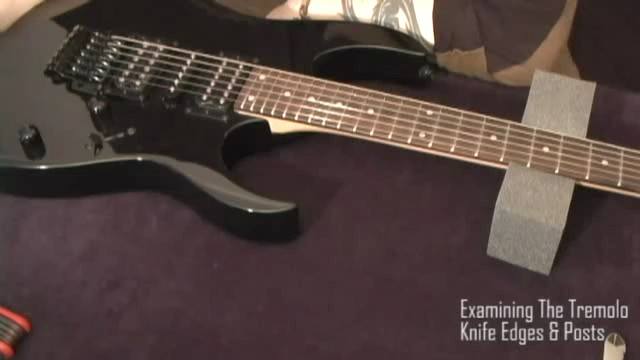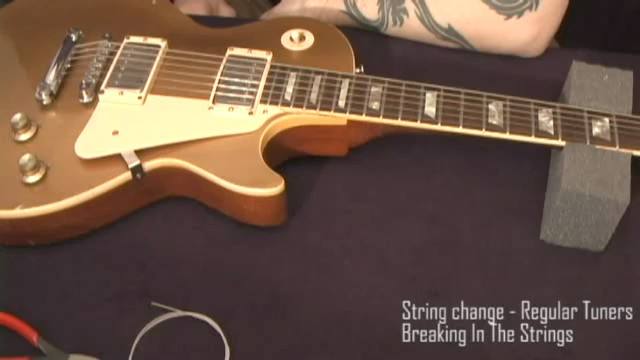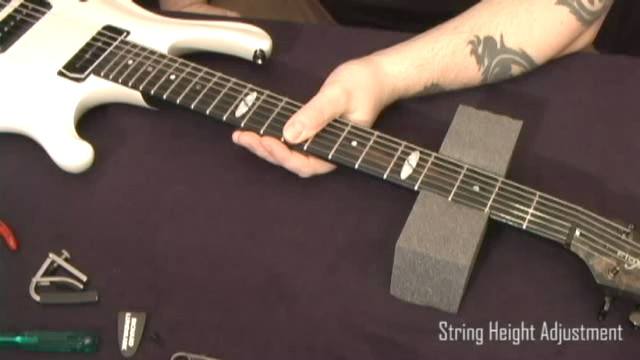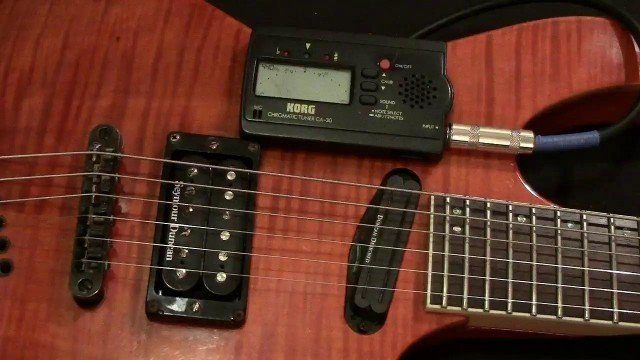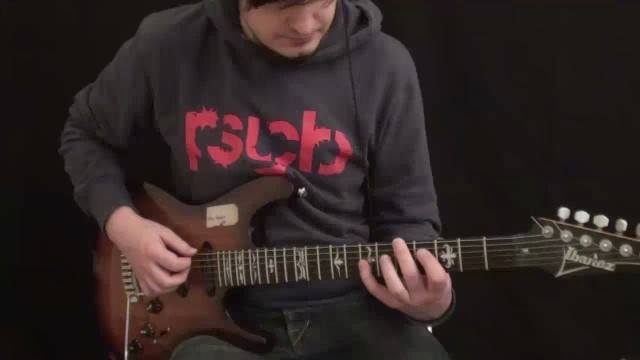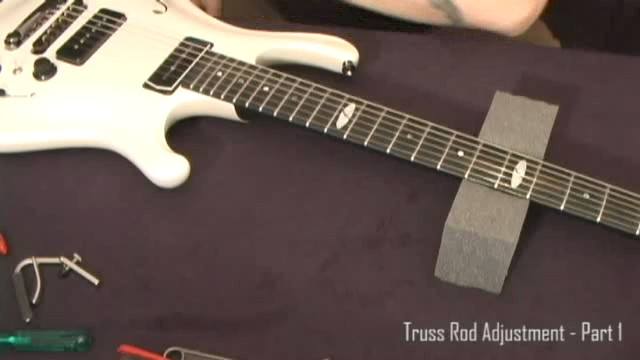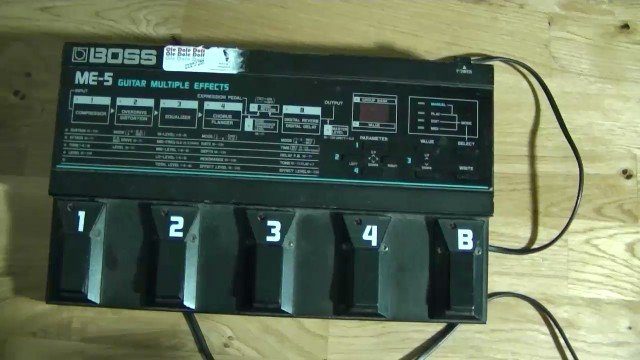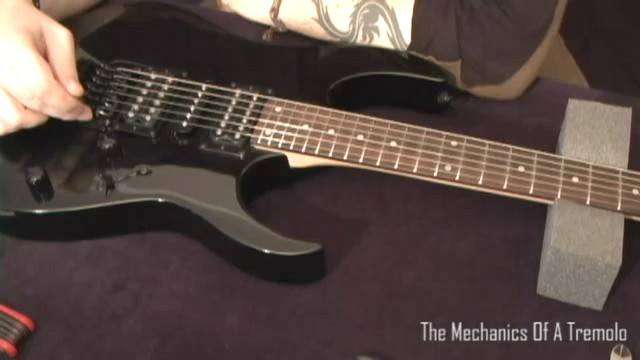Hey everyone! Welcome to InfiniteGuitar.com. This tutorial will be the first of many in an in-depth introduction to the guitar. Whether your forte is blues, rock, metal or pop, we'll examine every element of the instrument from the ground up so that we have a solid foundation to build from. So to begin, let's take care of some "house keeping".
Left hand: The left hand consists of four "usable" fingers (for now), and they are index (finger 1), middle (finger 2), ring (finger 3) and pinky (finger 4).
Right hand: We'll be taking a look at two different techniques incorporating the right hand (for now): picking and strumming. By picking, we're talking about picking one single string at a time, and by strumming, playing 2 or more strings at once.
Strings: The guitar has 6 strings. The one thing you must remember is how we actually number them: string 1 is actually the bottom string (the "skinniest" string on the guitar), string two is the string directly above it, and etc. These strings, when picked without incorporating the fret hand what so ever, form musical tones, string 1 is E, 2 is B, 3 is G, 4 is D, 5 is A and 6 is E.
So, EBGDAE. This is useful information for tuning, whether you plan on tuning by ear, to a piano or tuner.
Frets: The frets basically determine the strings "length" when pressed. If you'll notice, at the beginning of the fret board, there's what's called a "nut" which is a piece of bone or graphite where the strings length "ends". The steel dividers (frets) on your fretboard basically act as miniature versions of the nut, and when we press on a string, the string connects firmly with one of the frets and the altered vibrating string length results in a higher pitch. In other words, you'll need to press as hard as you physically can for a while to build the muscle and gain calluses in order to make that connection as firmly as necessary to attain clean notes. SO: Fret 1 is the space between the nut and the first fret, fret two falls between the first fret and the second, etc.
Alright, so now that we understand a bit about the concept of what will actually occur, let's get down to business!
If I asked you to place your first finger on the first fret of the first string, what would be the resulting note? It's an F, but let's just stick to locating the note and playing it as cleanly as possible.
How about: second finger, second fret, first string?
Third finger, second fret, second string?
Fourth finger, fifth fret, fourth string?
Now you get the picture! Let's try making some music with what we know.


